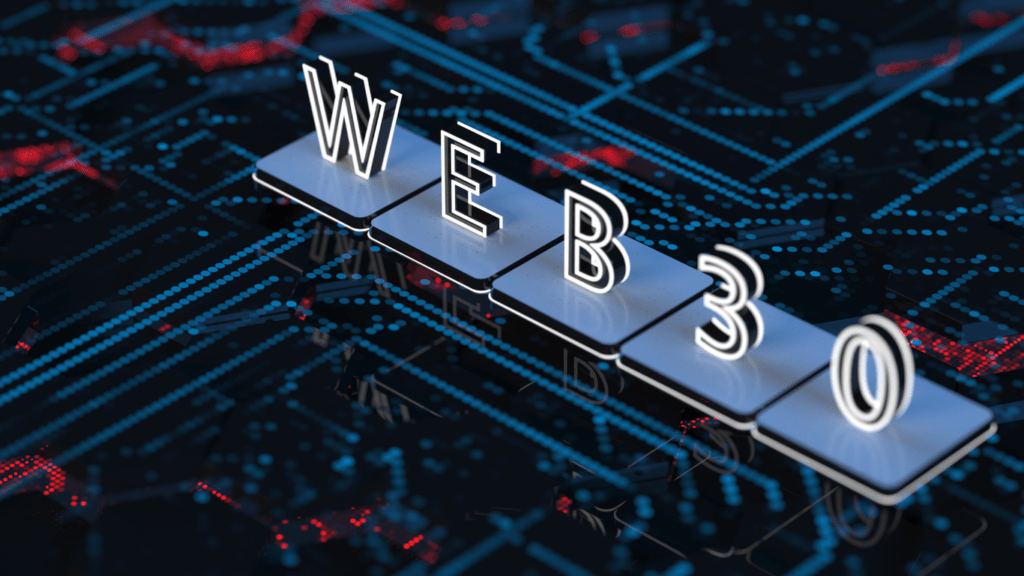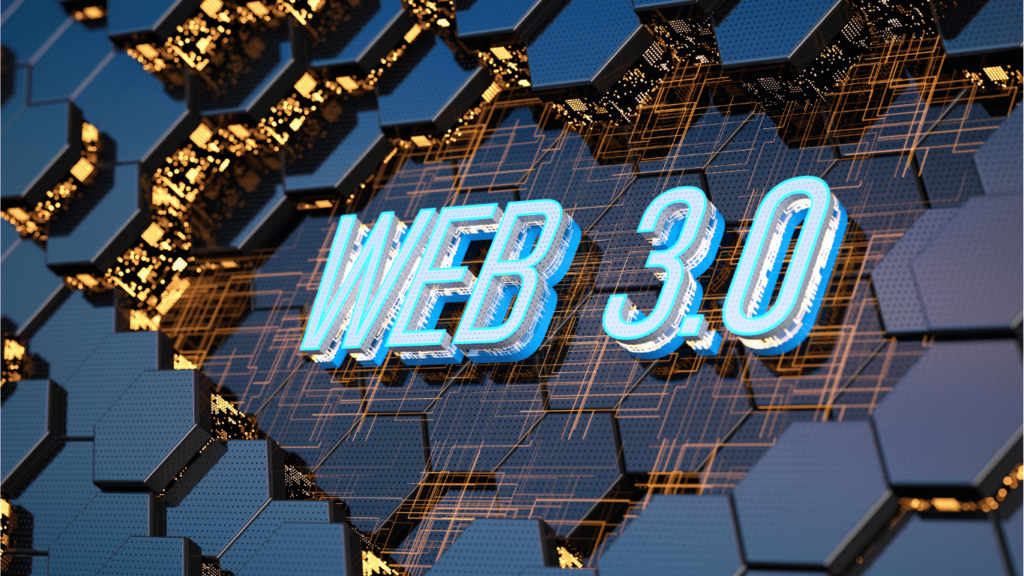The internet’s evolving faster than ever, and Web3 is at the heart of this transformation. It’s not just a buzzword—it’s a revolutionary shift toward decentralization, transparency, and user empowerment. Unlike the centralized systems we’re used to, Web3 promises to put control back in the hands of individuals, reshaping how we interact with apps and digital platforms.
Understanding Web3 Evolution
Web3 represents a paradigm shift from centralized to decentralized digital systems. Unlike Web2, which relies on centralized platforms to manage data and transactions, Web3 employs blockchain technology to create trustless, peer-to-peer ecosystems. In these ecosystems, users control their data, and interactions occur without intermediaries.
Characteristics of Web3 include:
- decentralization
- security
- interoperability
Blockchain networks like Ethereum support smart contracts, enabling decentralized apps (dApps) to operate autonomously. For example, dApps in finance like Uniswap allow token trading without centralized exchanges.
Web3’s evolution is also driven by tokenization. Tokens power decentralized networks by providing governance rights and incentivizing participants. Examples include non-fungible tokens (NFTs) in gaming, where players own digital assets tied to blockchain verification.
Interoperability plays a critical role in Web3’s growth. Cross-chain protocols like Polkadot enable communication between blockchains, creating a seamless user experience across decentralized networks. This compatibility accelerates Web3 adoption in industries beyond finance and gaming.
Key Features Of Decentralized Apps
Decentralized apps (dApps) embody the principles of Web3, focusing on user empowerment, transparency, and interoperability. They leverage blockchain technology to deliver secure, trustless experiences.
Transparency And Security
dApps provide transparency by storing data on public blockchains, enabling users to independently verify transactions and application processes. This open ledger approach reduces the risks of fraud and increases trust across participants. Security is enhanced through cryptographic mechanisms, ensuring the integrity of transactions and protecting against unauthorized alterations or breaches. For example, Ethereum-based dApps use smart contracts, which autonomously execute predefined rules, reducing vulnerabilities associated with centralized control.
User Control And Privacy
dApps prioritize user control by eliminating intermediaries and allowing direct interactions between participants. Since users retain possession of their private keys, they control both access to and usage of their data. Privacy is maintained by decentralizing data storage and applying encryption, reducing the risks associated with data breaches seen in centralized platforms. Blockchain networks like Filecoin further support this model with decentralized storage, ensuring that data remains owned and managed by individuals.
Interoperability And Open Standards
Interoperability allows dApps to communicate across different blockchain networks, enhancing functionality and improving user experiences. Cross-chain protocols, such as Polkadot or Cosmos, enable seamless data sharing and asset transfers. Open standards ensure that dApp developers can build universal solutions, fostering collaboration and driving adoption across platforms. For instance, token standards like ERC-20 and ERC-721 simplify integration across Ethereum-based systems, expanding the ecosystem’s usability and accessibility.
The Role Of Blockchain In Web3

Blockchain serves as the foundational technology for Web3, enabling decentralization, trustless interactions, and data security. By powering dApps, blockchain transforms digital systems into transparent and programmable ecosystems.
Smart Contracts
Smart contracts operate as self-executing agreements built on blockchain networks. These contracts automate processes by executing predefined conditions encoded directly into their code. For example, Ethereum’s smart contracts manage decentralized financial protocols like lending platforms, ensuring transactions occur without manual intervention.
Smart contracts provide transparency by making their code and activities publicly accessible. Users can audit contract logic, reducing the risk of fraud. Security is reinforced through cryptographic verification, preventing unauthorized tampering. These attributes make smart contracts essential for trustless dApps in various sectors, including finance, supply chain, and gaming.
Tokenization And Digital Assets
Tokenization transforms tangible assets and digital rights into blockchain-based tokens, granting users ownership and control. In Web3, tokens serve multiple functions, including governance, utility, and rewards. For instance, governance tokens allow users to vote on project changes, while utility tokens grant access to specific services.
Digital assets like NFTs offer unique ownership of items like art or game assets. Blockchain ensures the authenticity and provenance of these assets, creating economic opportunities for creators. Token standards, such as ERC-20 and ERC-721, promote interoperability, enabling assets to function seamlessly across platforms. Through tokenization, Web3 fosters decentralized economies, incentivizing participation and innovation.
Impact On Industries
Web3’s decentralized framework is transforming multiple industries by improving transparency, autonomy, and innovation. Its influence extends across sectors like finance, entertainment, and logistics, revolutionizing established workflows.
Finance And Banking
Blockchain-powered dApps are reshaping the financial sector by increasing transaction efficiency and reducing costs. Decentralized Finance (DeFi) platforms enable peer-to-peer lending and borrowing, bypassing traditional banks. For instance, protocols like Aave and Compound use smart contracts to provide direct access to financial services. Tokenization also allows fractional ownership of assets, improving accessibility for a global user base. Blockchain enhances cross-border payments by enabling near-instant transactions without intermediaries, exemplified by Stellar and Ripple networks.
Gaming And Entertainment
The gaming industry benefits from NFTs and tokenized ecosystems, enabling unique in-game asset ownership. Play-to-earn models, such as those in Axie Infinity, create economic opportunities for players. Blockchain supports transparent reward systems and secures digital assets against duplication. In entertainment, decentralization allows creators to distribute content directly to audiences. Platforms like Audius and Livepeer reduce dependency on intermediaries, ensuring fair revenue distribution and greater control for artists.
Supply Chain And Logistics
Web3 improves traceability and efficiency across supply chains by enabling real-time data sharing. Blockchain-based solutions track goods from production to delivery, providing transparency to all stakeholders. For example, IBM’s Food Trust uses blockchain to enhance food safety by verifying sourcing details. Smart contracts automate processes like payment releases and shipment tracking, reducing delays and lowering administrative costs. Decentralized networks also bolster trust by providing tamper-proof records, increasing accountability throughout the supply chain.
Challenges And Limitations
- Web3 faces scalability constraints due to the limited transaction throughput of current blockchain networks like Ethereum. These networks often experience congestion, resulting in high transaction fees and slower processing times during peak demand.
- Energy consumption is a significant concern, particularly for blockchains utilizing proof-of-work consensus mechanisms. For example, Bitcoin’s network consumes more energy annually than some small countries, raising environmental and sustainability issues.
- Adoption barriers exist as users often encounter complex interfaces and require technical knowledge to interact with decentralized apps (dApps). This complexity can discourage non-technical audiences, slowing mass adoption.
- Regulatory uncertainty impacts the growth of Web3 projects. Governments worldwide are still defining frameworks for blockchain and cryptocurrencies, which introduces risks for developers and users operating in legally ambiguous environments.
- Interoperability challenges persist despite advancements in cross-chain protocols. Seamless communication between different blockchain networks remains difficult, limiting collaboration among dApps and platforms.
- Security vulnerabilities pose risks to users and developers, with exploits like smart contract bugs and phishing attacks leading to significant financial losses. Even with cryptographic advancements, these loopholes continue to be exploited by bad actors.
- Decentralized governance systems, while empowering, can suffer inefficiencies and conflicts. Decision-making in decentralized autonomous organizations (DAOs) often leads to prolonged debates, delaying key resolutions and innovations.


 Crypto Trends Reporter
Crypto Trends Reporter

